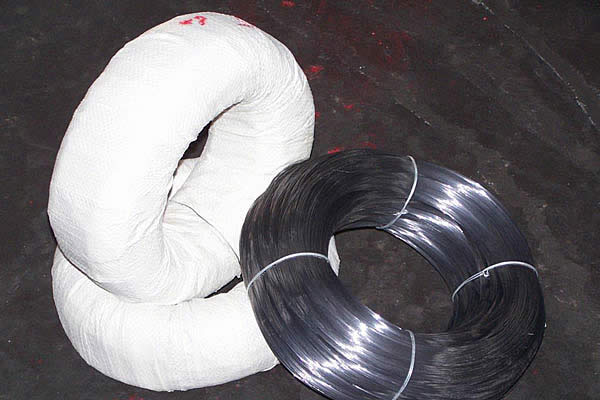 TEL:
+86-13102802206
TEL:
+86-13102802206
 Email:
fencenetting@china.com
Email:
fencenetting@china.com
 Language
Language
 TEL:
+86-13102802206
TEL:
+86-13102802206
 Email:
fencenetting@china.com
Email:
fencenetting@china.com
 Language
Language


The Evolution and Applications of Iron Wire Cable
Iron wire cable has played a significant role in the development of various industries, particularly in the fields of construction, telecommunication, and transportation. Its journey from simple iron wires to complex cable systems illustrates not only technological advancements but also the ingenuity of engineering solutions in addressing the demands of an evolving world.
Historical Context
The origins of iron wire can be traced back to ancient civilizations where metal was drawn into wire for various applications. However, it wasn’t until the 19th century that iron wire began to be utilized extensively in cable form. The industrial revolution spurred advancements in metallurgy and manufacturing processes, making it feasible to produce longer lengths of stronger metal wire. The introduction of iron wire cable transformed many sectors; it was predominantly used in telegraphy, allowing for the rapid transmission of information over long distances.
Properties of Iron Wire Cable
Iron wire cables are distinctive for their strength and durability. Typically composed of multiple strands of iron wires twisted together, these cables exhibit excellent tensile strength, making them ideal for various heavy-duty applications. The resistance to corrosion can be enhanced through galvanization, which protects the iron from rust, thereby extending the lifespan of the cable. Depending on its application, the thickness, tensile strength, and flexibility of the wire can vary, allowing engineers to tailor solutions to meet specific needs.
Applications in Modern Industry
1. Construction In construction, iron wire cables are employed in both structural and non-structural applications. They are an essential component in reinforcing concrete structures, including bridges and high-rise buildings. The strength of iron wire cable enables these structures to bear significant loads and withstand environmental stresses.

2. Telecommunication Iron wire cables are integral to telecommunications infrastructure. Although fiber optics have largely supplanted traditional copper wires for many telecommunications applications, iron wire cables are still employed in certain applications where high tensile strength is required and environmental durability is a concern. Iron wire cables facilitate not only traditional phone lines but also the support of network infrastructure in harsh conditions.
3. Transport and Utility The rail industry employs iron wire cables for signaling and overhead cable systems. The strength and durability of these cables are crucial for ensuring safe and effective transport operations. Additionally, they are used in several utility applications, supporting power lines and ensuring efficient energy transfer in various environments.
4. Agriculture Farmers utilize iron wire cables for fencing and other agricultural structures. The durability of iron wire ensures that fencing can withstand the elements as well as pressures from livestock. Agricultural applications also include supporting trellises for climbing plants, making iron wire a versatile resource in farming.
Advancements and Future Trends
As technology progresses, new innovations in metallurgy are likely to enhance the properties of iron wire cables further. For instance, advancements in steel composites may result in cables that are not only stronger but also lighter and more resistant to corrosion. The integration of smart technologies into cable systems is another area poised for growth. Smart monitoring systems could be developed to track the condition of these cables in real time, alerting operators to maintenance needs and preventing failures before they occur.
Conclusion
Iron wire cable has proven itself to be an essential component across a variety of industries, bolstering infrastructure and enabling communication in an increasingly interconnected world. Its applications are broad and varied, adapting to the ever-changing technological landscape. As we move further into the age of innovation, the future of iron wire cables will likely continue to evolve, finding new applications and improving existing technologies to meet modern demands. With a strong foundation in both history and practical application, iron wire cables are poised to remain a crucial element in the fabric of industrial society.